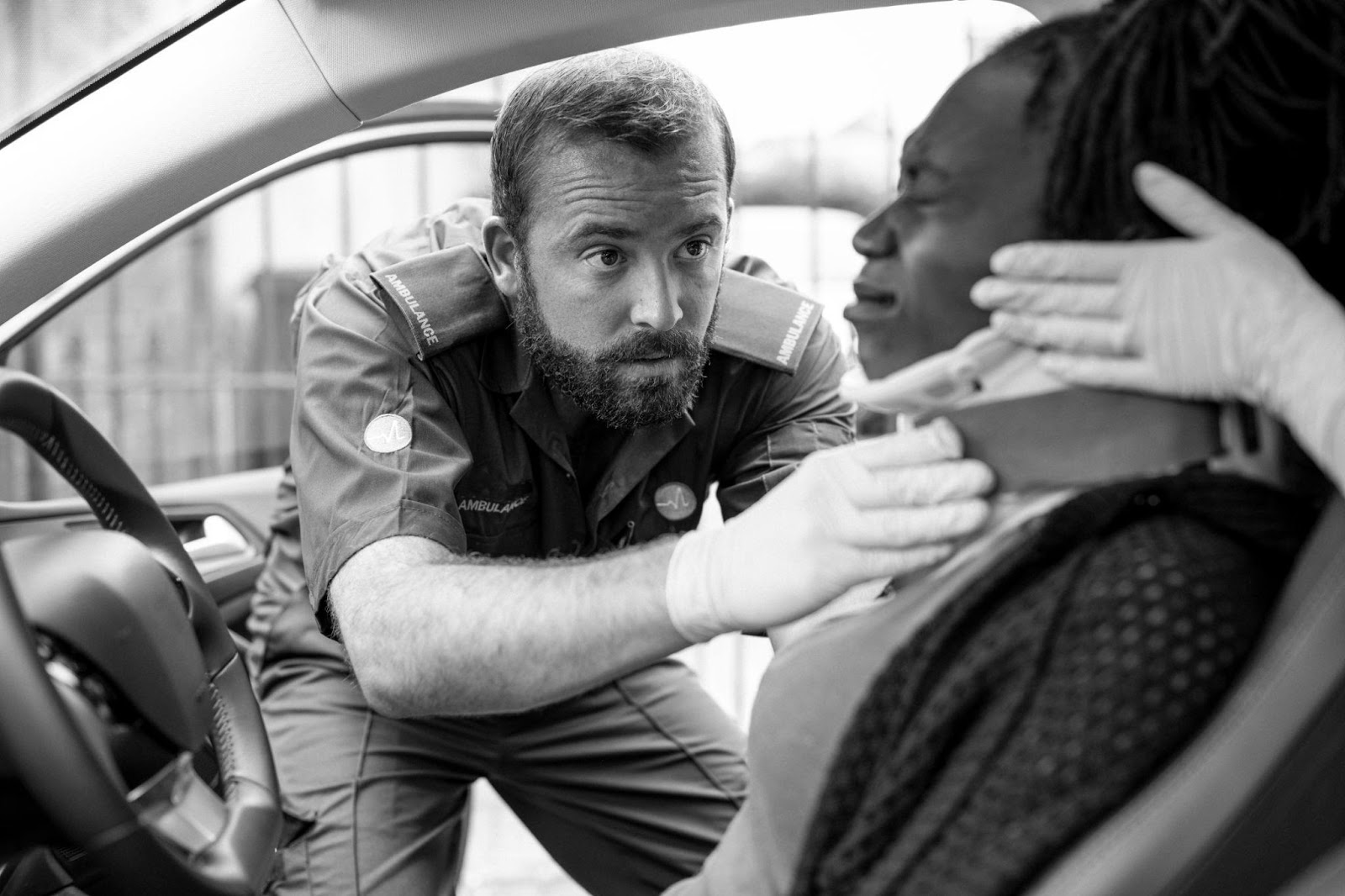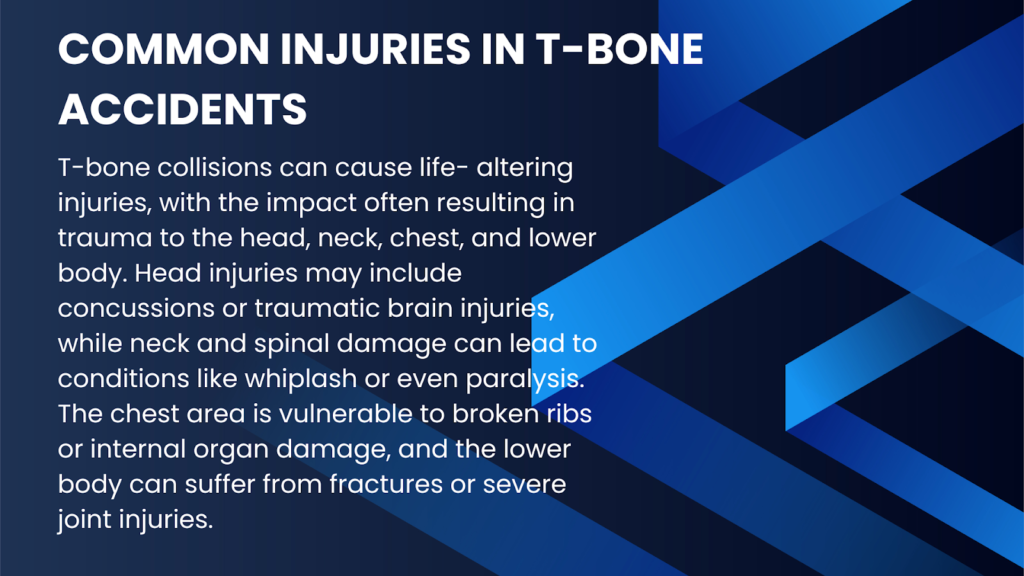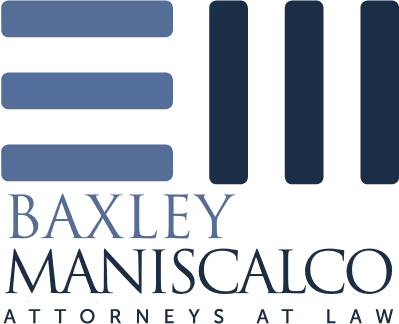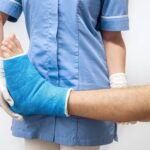
Did you know that T-bone accidents account for nearly 18% of all vehicle fatalities in the United States despite making up only 13% of all crashes?
The damages of side-impact collisions on drivers and passengers alike can be devastating. Being prepared, no matter how safe of a driver you are, is imperative to handling a T-bone accident properly and preserving your legal basis for a strong case thereafter.
Here, our Alabama car accident attorneys will walk you through everything you need to know to create a strong case and recover the compensation you deserve.
Understanding T-Bone Accidents
T-bone accidents, also known as side-impact collisions, occur when the front of one vehicle crashes into the side of another, forming a “T” shape. These accidents often happen at intersections, parking lots, or when a driver fails to yield the right of way.
In Alabama, with its mix of urban and rural roads, T-bone accidents pose a significant risk to motorists.
The severity of T-bone accidents lies in the limited protection offered by a vehicle’s side compared to its front and rear. This vulnerability can lead to serious injuries or fatalities, especially when there’s a significant speed difference between colliding vehicles.
Common Causes of T-Bone Accidents in Alabama
Understanding the root causes of T-bone accidents is crucial for prevention and legal considerations.
Here are some of the most frequent causes:
- Running red lights or stop signs;
- Distracted driving (e.g., texting, eating, or adjusting the radio);
- Drunk or impaired driving;
- Failure to yield right of way;
- Poor visibility due to weather conditions or obstructions;
- Speeding through intersections;
- Mechanical failures, such as brake malfunctions; and
- Inexperienced drivers misjudging distances or timing.
Each of these causes can have different legal implications, affecting liability and potential compensation in the event of an accident.
Injuries Commonly Sustained in T-Bone Accidents
The injuries resulting from T-bone accidents can be severe and life-altering.
Here’s an overview of the most common injuries.
Head and Brain Injuries
T-bone collisions often result in the occupant’s head striking the window, door, or another part of the vehicle’s interior.
This can lead to:
- Concussions;
- Traumatic Brain Injuries (TBI);
- Skull fractures; and
- Cognitive impairments.
These injuries can have long-lasting effects on a person’s quality of life, ability to work, and relationships.
Neck and Spinal Cord Injuries
The force of a side-impact collision can cause significant trauma to the neck and spine, including:
- Whiplash;
- Herniated discs;
- Spinal cord damage; and
- Paralysis (partial or complete).
Such injuries often require extensive medical treatment and rehabilitation and may result in permanent disability.
Chest and Thoracic Injuries
The chest area is particularly vulnerable in T-bone accidents due to its proximity to the point of impact.
Common injuries include:
- Broken ribs;
- Punctured lungs;
- Internal organ damage; and
- Bruising and contusions.
These injuries can be life-threatening and may require immediate surgical intervention.
Pelvic and Lower Extremity Injuries
The lower body can suffer severe trauma in a T-bone collision, leading to:
- Fractured pelvis;
- Broken legs or hips;
- Knee injuries; and
- Foot and ankle trauma.
These injuries often result in extended recovery periods and may limit mobility long term.
Psychological Trauma
While not visible, the psychological impact of a T-bone accident can be profound:
- Post-Traumatic Stress Disorder (PTSD);
- Anxiety and depression;
- Fear of driving or riding in vehicles; and
- Sleep disturbances.
Mental health support is often necessary for full recovery following a traumatic accident.
Understanding these potential injuries is crucial for seeking appropriate medical care and building a comprehensive legal case if necessary.

Factors Affecting Injury Severity in T-Bone Accidents
Several factors can influence the severity of injuries in a T-bone collision:
- Vehicle size and weight disparity;
- Speed at the time of impact;
- Point of impact on the vehicle;
- Safety features (e.g., side airbags, reinforced doors);
- Occupant’s position and use of safety restraints; and
- Age and overall health of the occupant.
These factors play a significant role in determining the extent of injuries and can be crucial in legal proceedings and insurance claims.
Legal Considerations for T-Bone Accidents in Alabama
Navigating the legal aftermath of a T-bone accident in Alabama requires understanding several key aspects.
Alabama’s Contributory Negligence Law
Alabama follows the contributory negligence rule, which can significantly impact accident claims. Under this law, if a plaintiff is found to be even 1% at fault for the accident, they may be barred from recovering any damages.
This makes it crucial to establish clear fault in T-bone accident cases.
Statute of Limitations
In Alabama, the statute of limitations for filing a personal injury lawsuit is generally two years from the date of the accident. It’s essential to be aware of this timeframe to ensure your right to legal recourse is preserved.
Proving Fault in T-Bone Accidents
Establishing fault in a T-bone accident often involves:
- Gathering eyewitness accounts;
- Analyzing traffic camera footage;
- Reviewing police reports;
- Consulting accident reconstruction experts; and
- Examining vehicle damage patterns.
Thorough documentation and expert testimony can be critical in building a strong case.
Compensation for T-Bone Accident Injuries
Victims of T-bone accidents may be entitled to various forms of compensation, including:
- Medical expenses (current and future);
- Lost wages and loss of earning capacity;
- Pain and suffering;
- Property damage;
- Rehabilitation costs; and
- Punitive damages (in cases of extreme negligence).
The specific compensation available depends on the circumstances of the accident and the severity of injuries sustained.
Prevention Strategies for T-Bone Accidents
While not all accidents can be prevented, there are steps drivers can take to reduce the risk of T-bone collisions:
- Always obey traffic signals and signs;
- Practice defensive driving techniques;
- Avoid distractions while driving;
- Be cautious at intersections, even with a green light;
- Ensure your vehicle’s brakes and tires are well-maintained;
- Use turn signals consistently; and
- Be aware of blind spots and use extra caution when visibility is limited.
By adopting these practices, drivers can significantly reduce their risk of involvement in a T-bone accident.
What to Do After a T-Bone Accident in Alabama
If you’re involved in a T-bone accident in Alabama, taking the right steps immediately afterward can protect your health and legal rights:
- Check for injuries and call 911 if necessary;
- Move to a safe area if possible;
- Exchange information with the other driver(s) involved;
- Document the scene with photos and videos;
- Gather contact information from witnesses;
- Seek medical attention, even if injuries seem minor;
- Report the accident to your insurance company; and
- Consult with a personal injury attorney before giving statements or accepting settlements.
Following these steps can help ensure your well-being and strengthen any potential legal claim.
Frequently Asked Questions About T-Bone Accidents in Alabama
Below are some frequently asked questions to help you better understand the complexities surrounding T-bone accidents in Alabama
Who Is Typically at Fault in a T-Bone Accident?
Fault in T-bone accidents often lies with the driver who failed to yield the right of way. However, each case is unique and requires thorough investigation to determine liability.
How Long Do I Have to File a Lawsuit After a T-Bone Accident in Alabama?
In Alabama, the statute of limitations for personal injury claims is generally two years from the date of the accident. It’s crucial to consult with an attorney as soon as possible to ensure your rights are protected.
Can I Still Receive Compensation If I Was Partially at Fault for the T-Bone Accident?
Alabama follows the contributory negligence rule, which means if you’re found to be even slightly at fault for the accident, you may be barred from recovering damages. This makes it essential to have strong legal representation to establish the other party’s fault.
What If the Other Driver Doesn’t Have Insurance?
If the at-fault driver is uninsured, you may be able to file a claim under your own uninsured motorist coverage if you have it. An experienced attorney can help you explore all available options for compensation.
How Can I Prove the Other Driver Ran a Red Light?
Evidence to prove a driver ran a red light can include traffic camera footage, eyewitness testimony, police reports, and expert accident reconstruction. Your attorney can help gather and present this evidence effectively.
Secure Your Rights After a T-Bone Accident in Alabama
Have you or a loved one been injured in a T-bone accident in Alabama? Don’t face the aftermath alone.
At Baxley Maniscalco, we understand the complexities of T-bone accident cases and are committed to fighting for your rights.
Our experienced team of attorneys will guide you through every step of the legal process, ensuring you receive the compensation you deserve. Don’t let the statute of limitations expire on your claim.
Contact us today for a free consultation, and let us help you on the path to recovery. Your future matters – let us protect it.
Can't find what you're looking for? Search our site below.










